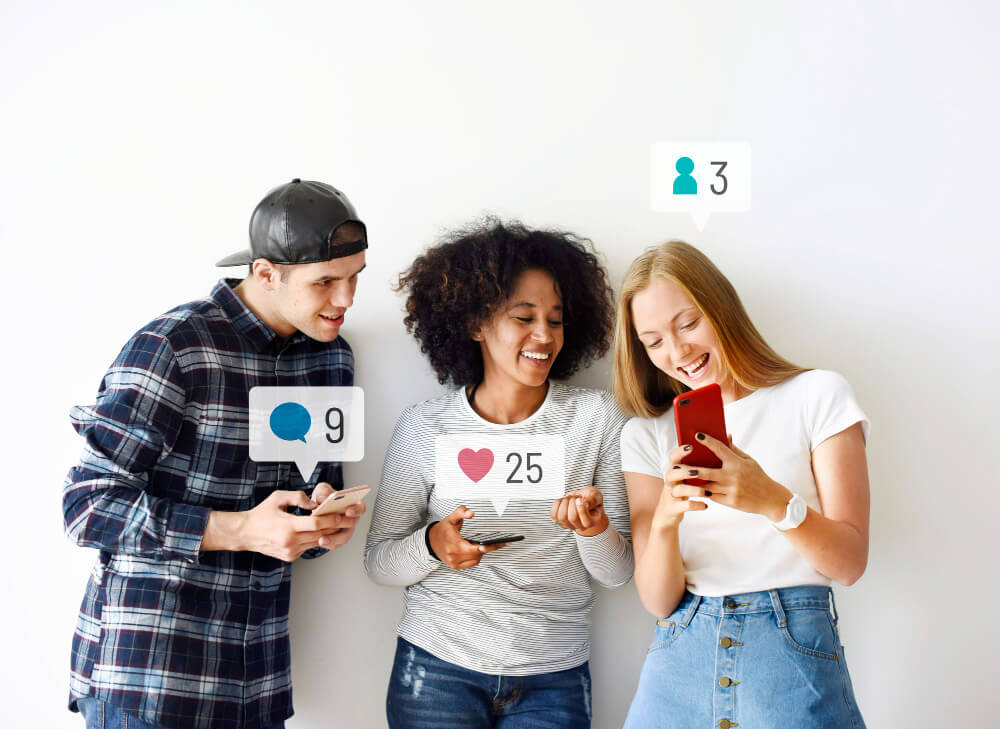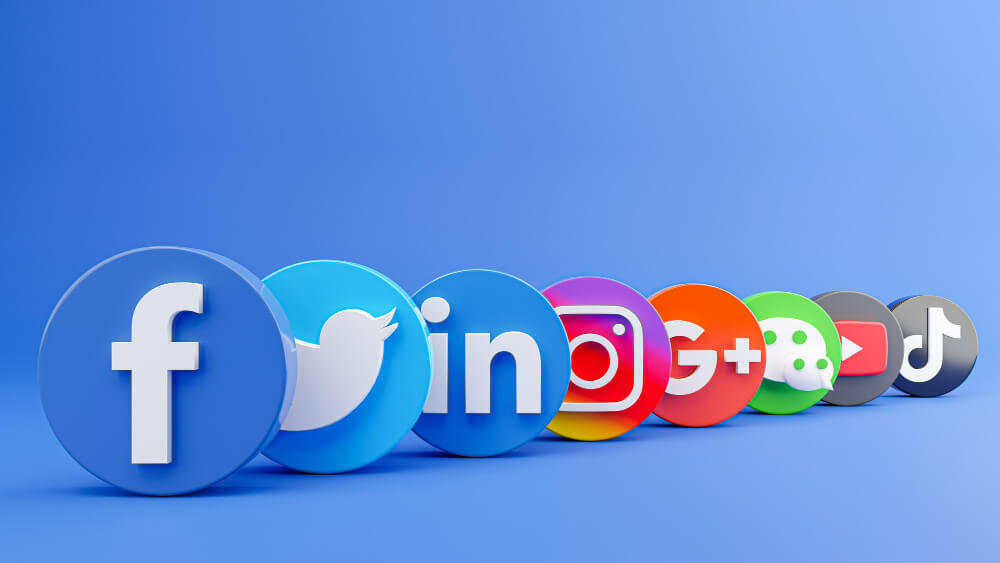Changing with the times is the best way to keep your digital marketing beneficial and relevant. Each year, Facebook’s algorithms change, making your SEO techniques obsolete. Every few years, a brand-new platform, such as Snapchat, Instagram, Facebook Messenger or Tiktok appears. If you want to expand your thinking any further, consider that digital marketing was hardly a blip on our radar twenty years ago.
Keeping this in mind, the best way to determine what we should be doing today is to look ahead and try to sort out where we should be going. Although it is difficult or impossible to identify with absolute confidence, we have more than enough information to make educated guesses. Here are some of our speculations for the future of digital marketing in the next five years and beyond:

SEO As We Know It Will Cease to Exist
The Web as we know it is undergoing a transformation. People use a range of devices to access their data, especially with the use of smart phone apps. Websites are still useful, but they aren’t the only means to consume digital information. This is something Google is well aware of. They’ve been working hard to blend the distinctions between webpages and mobile apps. In five years, we’ll most surely have gotten to a stage where your mobile apps have a direct impact on your website’s search rank, and vice versa. Start improving your SEO right now by creating valuable content and launching a mobile app. In the not-too-distant future, it will give you an edge over the competition.

AI Takes the Lead
Much of our content, including social media posts and even blog pieces, will most likely be generated and even written by an Artificial Intelligence system. Any company may easily put together these quick-hit items. Manually creating long-form, extremely valuable material to compliment what your AI produces will be the key to differentiation.
More Targeting Possibilities
Consider how much authority you have using digital targeting. You may rapidly target people based on their demographics and hobbies. You could have more alternatives in the coming years. Retailers, for example, may use data saved by smart refrigerators to target customers who keep specific things in their freezer. They’ll even be able to remind them when their milk is running low. You already get all kinds of different advertisements and promotions about things you’ve purchased in the past.
Between now and then, your goal is to learn everything you can about your consumers. New targeting options are on the way. You must be prepared for them.
Social Media Has Turned into a Game-Changer

Over the last 10 or so years, social media and smart phone apps have substantially transformed the retail market. Customers now have the option of shopping on apps and write consumer reviews with the option to ask questions and have opinions. Customers have a lot more power than they did in the past and are not afraid to use such power when deemed necessary.
So, what does this mean for businesses?
Customer support through the use of digital channels as we know it will undergo significant change in the near future. To date, many brands have used social media platforms to provide customer service, answer specific questions from customers, and troubleshoot issues. Social media-based customer service is expected to become even more personalized, individualized, and pervasive in the future. Users will be able to interact with businesses at any time and from any location, and solutions to customer problems will be more accessible and immediate using forecasting approaches.
Marketing Forecasts
As consumers understand that untargeted adverts increase their exposure to low-quality material, the opt-out rate for mobile app monitoring will drop from 85% to 60% by 2023.
The initial desire for customers to opt out of tracking is diminishing. There’s the possibility of a complete reversal, with trusted brands or well-established publishers agreeing to “accept all” tracking. Apps and websites that provide customers with a compelling incentive to opt in will see a large increase in income. This allows businesses to provide customers compelling reasons to trust them with their personal information.
Employee Content

Employee advocacy initiatives will be built into 90% of B2B social media marketing campaigns by 2023.
According to LinkedIn, content shared by employees has a 200% greater click-through rate (CTR) than content shared by the corporation. Employee advocacy initiatives that scale the curation and distribution of brand content across social channels can help organizations harness the personal touch to create brand trust and deliver commercial outcomes. Staff advocacy efforts, on the other hand, boost employee engagement and productivity. Marketing directors ought to increase employee participation by providing easy-to-use platforms that provide a regular supply of material for their colleagues to publish on their personal social media profiles.
Ad Impressions
The volume of ad impressions delivered by TV and streaming media channels during regular 9-to-5 working hours will increase by 60% by 2023.
Regular schedules and daily habits have shifted from pre-pandemic levels. As a result, adverts placed in formerly popular places during morning and evening shows may no longer reach the volume or type of people that brands desire. Marketing executives can assess media plans and capitalize on the times of day when their target demographic is most receptive.
The number of ad impressions provided by TV and streaming media channels during regular 9-to-5 working hours will increase by 60% by 2023.
Regular schedules and daily habits have shifted from pre-pandemic levels. As a result, adverts placed in formerly popular places during morning and evening shows may no longer reach the volume or type of people that brands desire. Marketing executives can assess media plans and capitalize on the times of day when their target demographic is most receptive.

Social Media is The Future
60% of Gen-z and Millennial consumers will choose social media to traditional digital commerce platforms for making purchases by 2026.
Nearly a third of B2B and B2C companies have made selling on social networks a component of their digital commerce plan, owing to increased client purchasing activity on social media. A simple but enriching path to buy is required for successful social commerce. Use this trend to your advantage by improving the quality of content on social media product pages with information that addresses customer needs.




